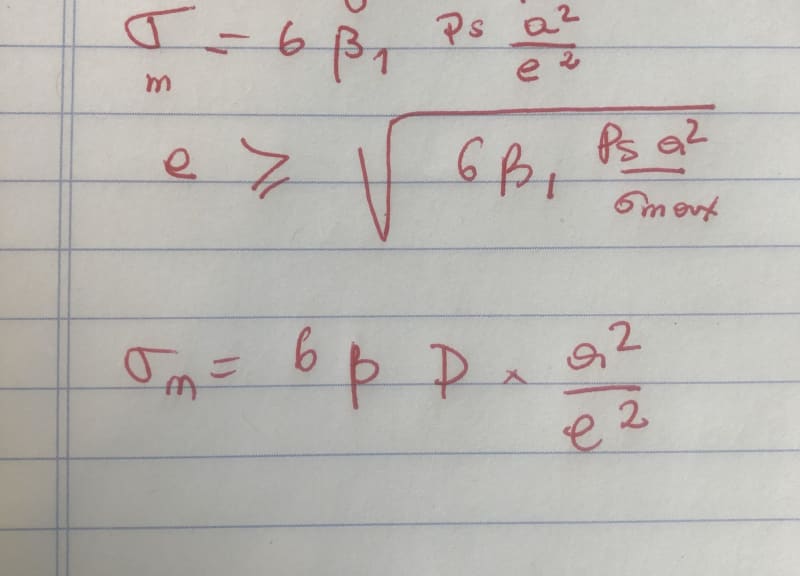TPCHOUCHOU
Mechanical
- Nov 20, 2018
- 5
hello everyone,
i have a cabinet 90''x30''x 20 from 14 GA, 100 kg, includes cables and some electrical components. it will be installed on a train.
i need to apply 8G, 4G and 4G in the 3 directions separately and calculate the resistance of this structure.
the cabinet is mounted on 4 studs (welded to it)and fixed in two point from the top to a wall.
can someone tell me what are the formulas and equations i could use in this case please. since its a hand calculation, it seems me a bit complicated but i m sure with a little of direction i will solve it.
i have a cabinet 90''x30''x 20 from 14 GA, 100 kg, includes cables and some electrical components. it will be installed on a train.
i need to apply 8G, 4G and 4G in the 3 directions separately and calculate the resistance of this structure.
the cabinet is mounted on 4 studs (welded to it)and fixed in two point from the top to a wall.
can someone tell me what are the formulas and equations i could use in this case please. since its a hand calculation, it seems me a bit complicated but i m sure with a little of direction i will solve it.

![[idea] [idea] [idea]](/data/assets/smilies/idea.gif)



